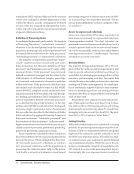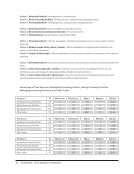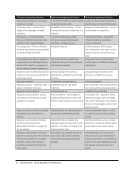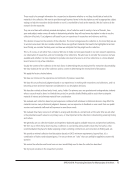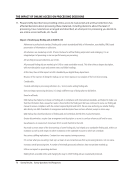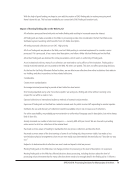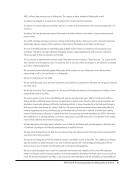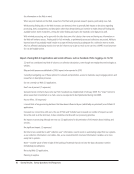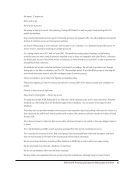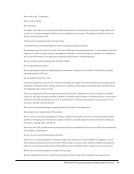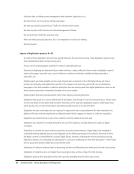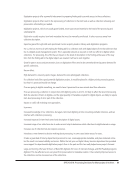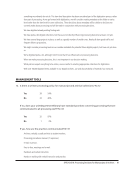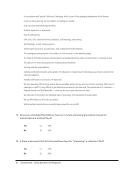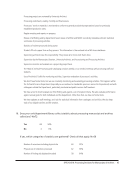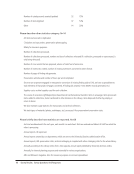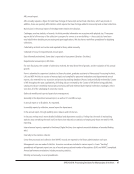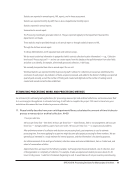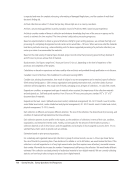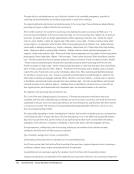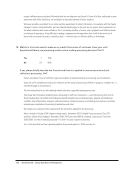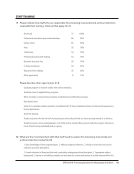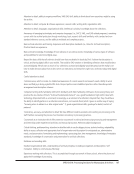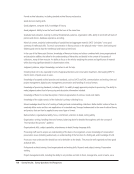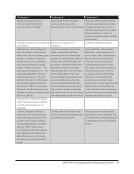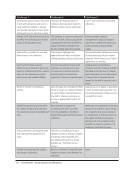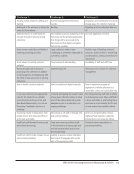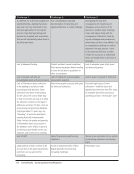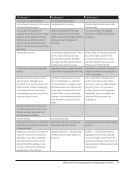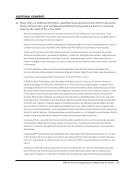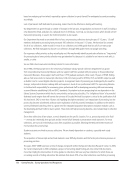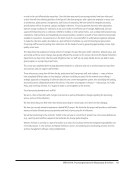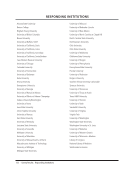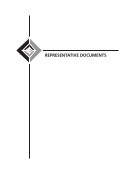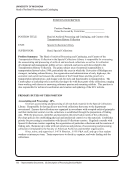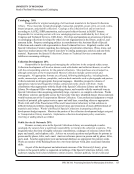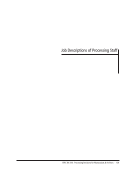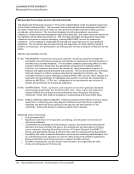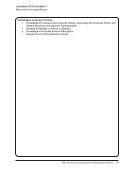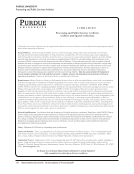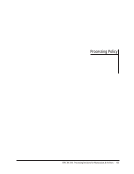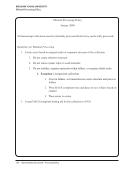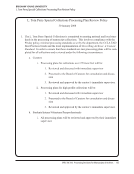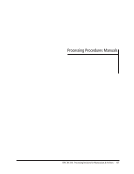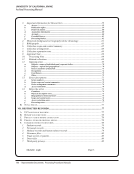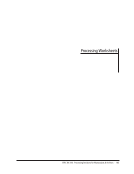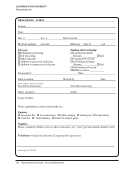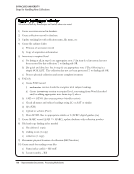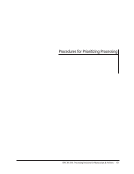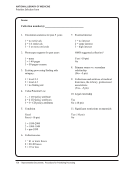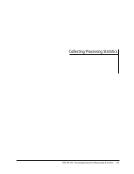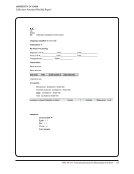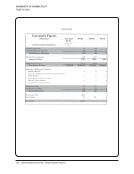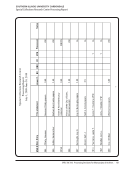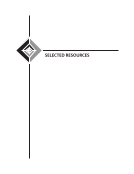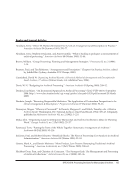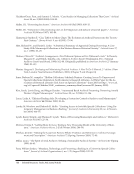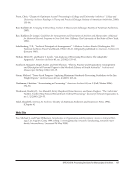62 · Survey Results: Survey Questions And Responses
10. What factors are considered to determine which level of description to use for a given collection
or part of a collection? Check all factors that are considered. Check up to three of those factors
that are the most important in determining which level of description to use for a given collection.
N=73
Factor Considered
N=73
3 Most Important Factors
N=72
Size of the collection 70 38
Patron access needs 67 48
Anticipated high-use 66 39
Staffing level 59 30
Homogeneity of the collection 57 25
Preservation risks 51 8
Backlog 44 6
Processing policy 43 11
Other factor(s) 15 7
Please describe the other factor(s) and how much weight it has in determining which level of
description to use for a given collection. N=14
1. Staff reference needs. 2. Existence of supporting documentation and detailed description, especially from purchased
literary manuscripts. 3. Value of items within a collection. 4. Need to highlight strengths or unique items within a
collection.
As above, gifts in kind requiring tax receipt are usually described in more detail to ensure accurate fair market value. File
lists for university records required to comply with provincial privacy legislation.
Complexity of organization — perhaps of equal weight as homogeneity of the collection.
Digitization potential ease of processing arrangement — how well arranged was the collection when it came through
the door?
Does the processing staff have the language ability or subject knowledge required to process a collection?
Expected privacy or security issues condition of collection (lacks order) formats found in the collection are all important
factors.
Funding from a donor, grant, or other source. Or, likelihood that collection will be scanned.
If a fonds/collection is being considered for an application for certification as Canadian cultural property a much more
detailed description is required. In some cases, such as AV items, technical issues may also be considered.
If a register and container list is being created for a modern manuscript collection, we describe at the folder level. If no
register is being created, then we describe only at the collection level with a MARC record. No register will be created
when there is such a homogeneity to the materials that a cataloging record is sufficient description.
Other: donor agreements format (i.e., photographs, ledgers, or particular special objects, etc.)
Restrictions (closed series) often mean no description is given.
10. What factors are considered to determine which level of description to use for a given collection
or part of a collection? Check all factors that are considered. Check up to three of those factors
that are the most important in determining which level of description to use for a given collection.
N=73
Factor Considered
N=73
3 Most Important Factors
N=72
Size of the collection 70 38
Patron access needs 67 48
Anticipated high-use 66 39
Staffing level 59 30
Homogeneity of the collection 57 25
Preservation risks 51 8
Backlog 44 6
Processing policy 43 11
Other factor(s) 15 7
Please describe the other factor(s) and how much weight it has in determining which level of
description to use for a given collection. N=14
1. Staff reference needs. 2. Existence of supporting documentation and detailed description, especially from purchased
literary manuscripts. 3. Value of items within a collection. 4. Need to highlight strengths or unique items within a
collection.
As above, gifts in kind requiring tax receipt are usually described in more detail to ensure accurate fair market value. File
lists for university records required to comply with provincial privacy legislation.
Complexity of organization — perhaps of equal weight as homogeneity of the collection.
Digitization potential ease of processing arrangement — how well arranged was the collection when it came through
the door?
Does the processing staff have the language ability or subject knowledge required to process a collection?
Expected privacy or security issues condition of collection (lacks order) formats found in the collection are all important
factors.
Funding from a donor, grant, or other source. Or, likelihood that collection will be scanned.
If a fonds/collection is being considered for an application for certification as Canadian cultural property a much more
detailed description is required. In some cases, such as AV items, technical issues may also be considered.
If a register and container list is being created for a modern manuscript collection, we describe at the folder level. If no
register is being created, then we describe only at the collection level with a MARC record. No register will be created
when there is such a homogeneity to the materials that a cataloging record is sufficient description.
Other: donor agreements format (i.e., photographs, ledgers, or particular special objects, etc.)
Restrictions (closed series) often mean no description is given.












